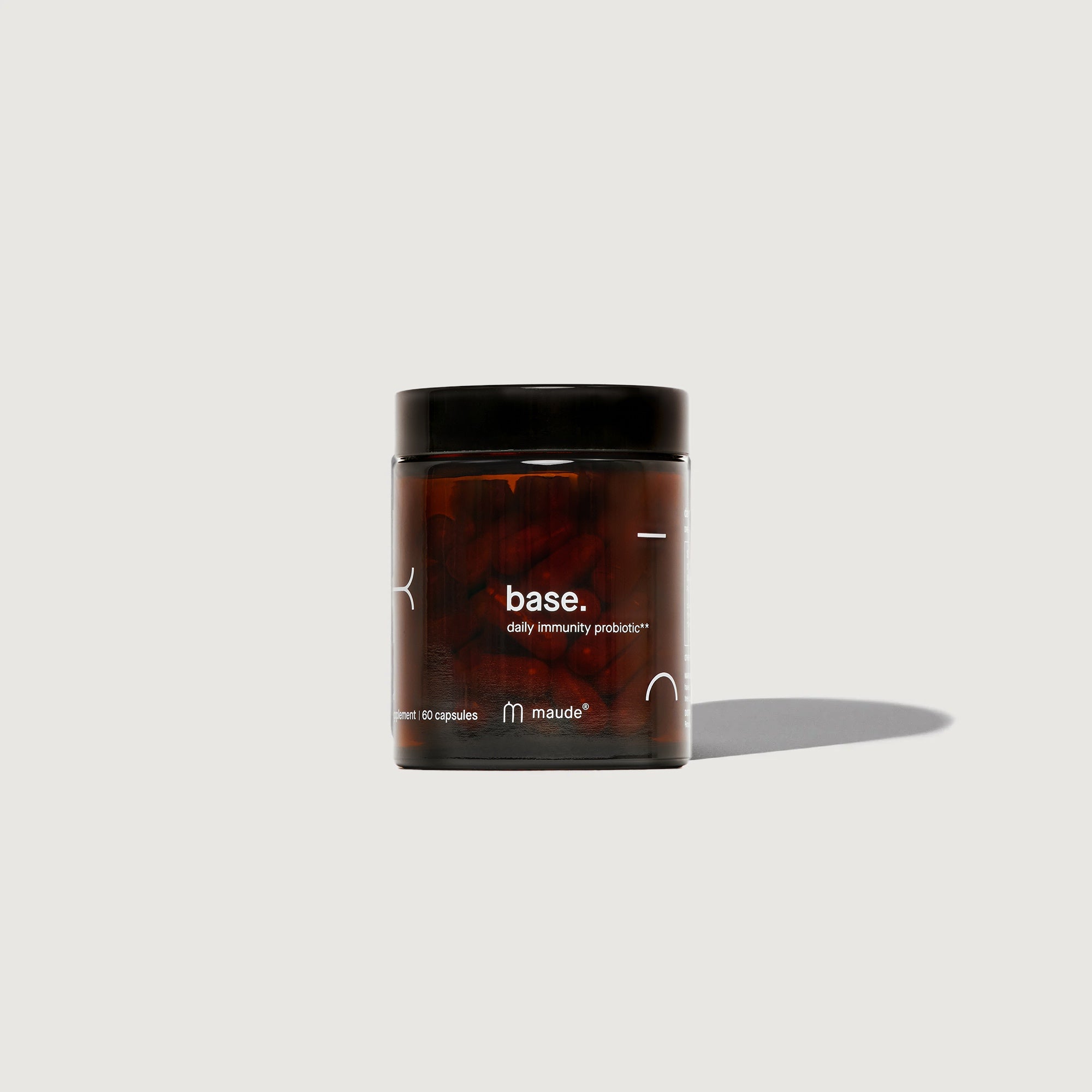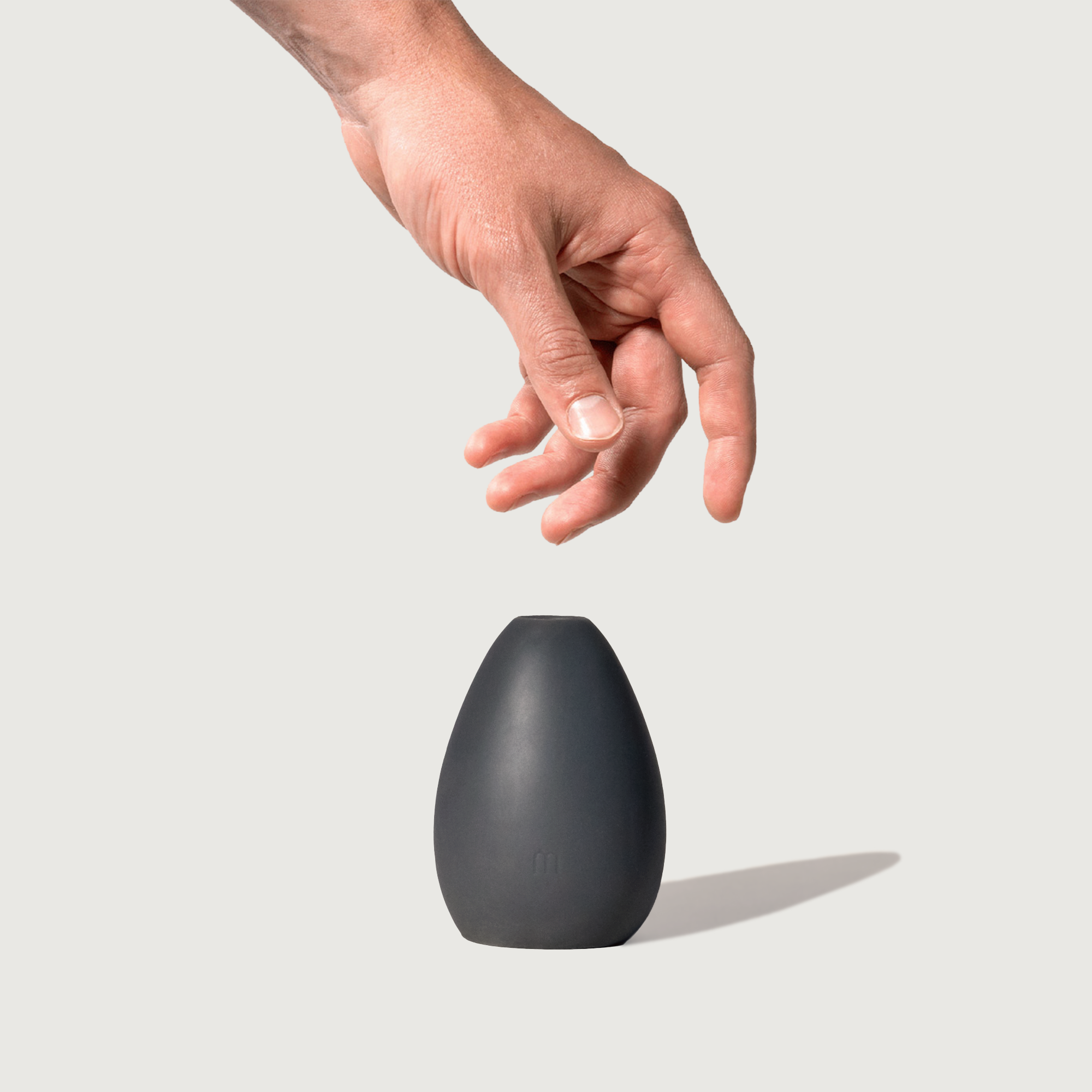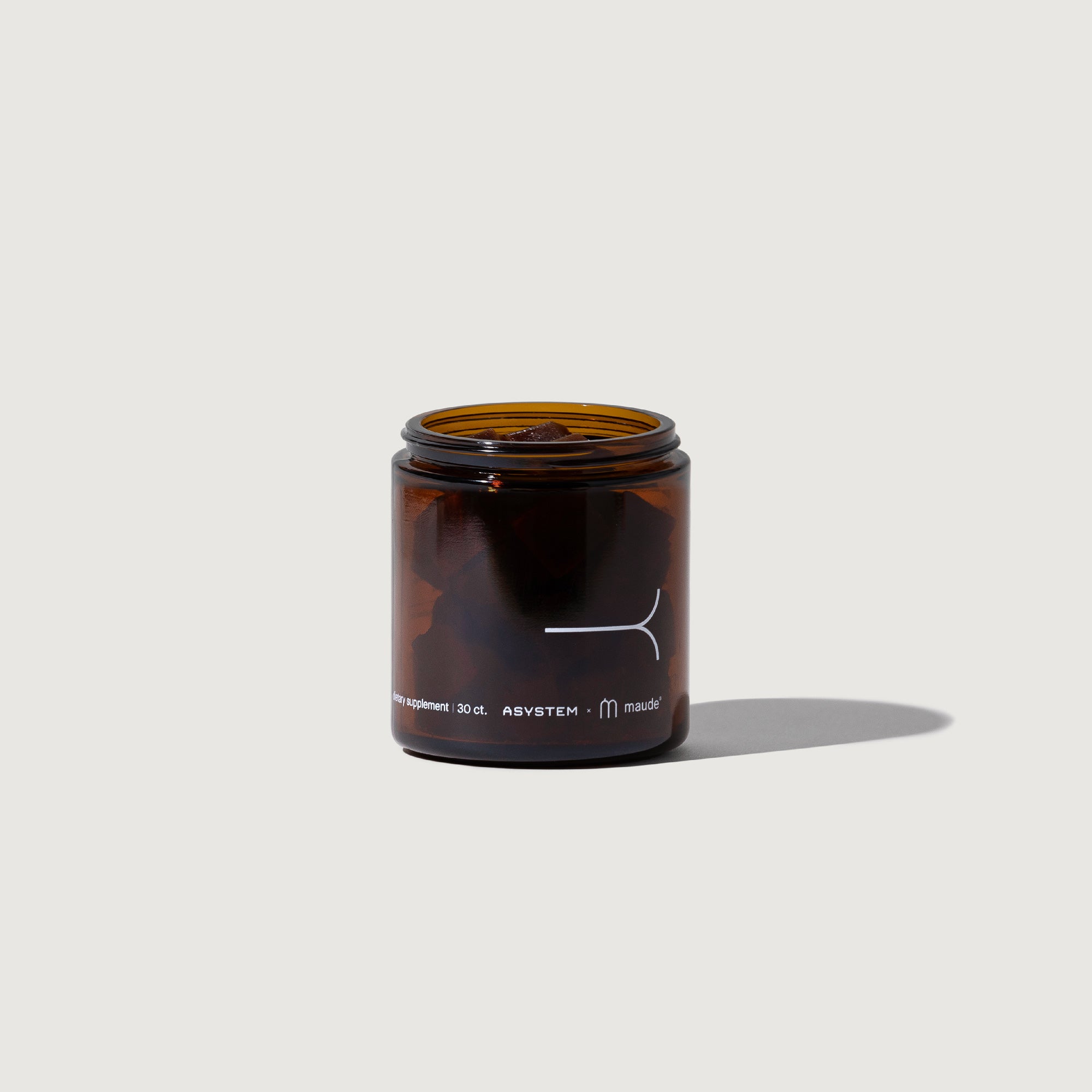How mistletoe became the plant of festive intimacy.

Nothing says “Christmas romance” like kissing under a parasitic growth.
Plenty of festive traditions are, when you think about them, kind of strange. For 364 nights of the year, a bearded stranger entering your house in the middle of the night is exactly the opposite of what you want to happen.
Kissing under the mistletoe is an odd one. It’s ingrained enough as an idea for Justin Bieber and Mariah Carey to sing about it every Christmas for the rest of their days, but it doesn’t seem to make any sense. A sprig is taken from a plant—not just any plant, a parasitic one that is toxic—and hung on a doorframe, and then any pair that passes beneath it, deliberately or accidentally, are encouraged to kiss. Weird.
It turns out, like so many things, that kissing under the mistletoe is a combination of smashed-together traditions and good old-fashioned horniness.
Sticky white berries
Mistletoe has always had unusual associations. Partly due to its parasitic nature, growing in clumps on other plants, it became a symbol of fertility in the ancient world, remaining green and vibrant while the tree around it browned and shed its leaves for winter. Mistletoe’s sticky white berries also added to this, particularly given their habit of exploding in a slightly, er, ejaculatory manner—in Pagan and Celtic mythology the plant is explicitly linked with semen, while the Greek name for it translates as “oak sperm”.
But it’s not all sexy times. Mistletoe also crops up in ancient myths of murder. According to Norse mythology, the trickster god Loki fooled Hodur—a blind god—into firing an arrow made of it at his brother Baldur. Hodur and Baldur’s mother, Frigg, had asked every species in the world to protect Baldur, apart from one: she had forgotten to ask mistletoe. Baldur, invulnerable to everything else, died. Loki, you swine!
In Roman times, mistletoe was a symbol of peace, hung over doorways as a sign of welcoming. In the Middle Ages, a custom began in Britain known as the ‘kissing bough’—a trimmed-off treetop positioned above a doorway that visitors would be embraced beneath. The old Norse tale of Baldur’s death eventually got folded into this, with the addition of the idea mistletoe represented remembrance.
Horny Georgians
Later on, along came horny, luck-pushing Georgians and Victorians, who managed to take a thing that was already there—mistletoe hanging above doorways—and slightly change its meaning so they got to (relatively chastely) make out with each other.
In the 18th and 19th centuries, there was something of a revival of interest in the idea of druids, albeit a kind of romanticized idea of them, in which mistletoe featured heavily—in fact, the word Druid itself supposedly comes from joining ancient words for oak and mistletoe, representing strength and wisdom.
A bit of a mashing together of ideas took place, and the symbolic purpose of mistletoe was reinvented—the idea among servant classes in Britain became that any time a (mixed-gender) pair passed beneath a sprig of mistletoe, the man was permitted to kiss the woman, and it was bad luck for her to refuse.
This coincided with the advent of printing presses and mass-market newspapers. Washington Irving described the tradition in 1820: “The mistletoe is still hung up in farm-houses and kitchens at Christmas, and the young men have the privilege of kissing the girls under it, plucking each time a berry from the bush. When the berries are all plucked the privilege ceases.”
Modern mistletoe
The increased prevalence of plastic mistletoe has largely seen off the berry-removal element, and it is now hopefully a consensual thing for all involved—more of an excuse for a bit of fun than anything anyone feels pressured to get involved with—but the basic idea remains largely the same 300 years later. It’s just more opt-in now, as we’ve generally moved beyond the idea anyone should have to kiss anyone they don’t want to kiss.
(The exception, of course, is seasonal rom-coms and Christmas episodes of sitcoms, where a will-they-won’t-they pairing will occasionally find themselves trapped under the mistletoe together and feel compelled to share a kiss, which is much more substantive and romantic than it needs to be, and awakens various feelings and so on. Nothing wrong with this.)
Considering how cheesy and wholesome this tradition has become, it’s odd to think it all started with someone looking at a berry and thinking, “That looks like cum.”




